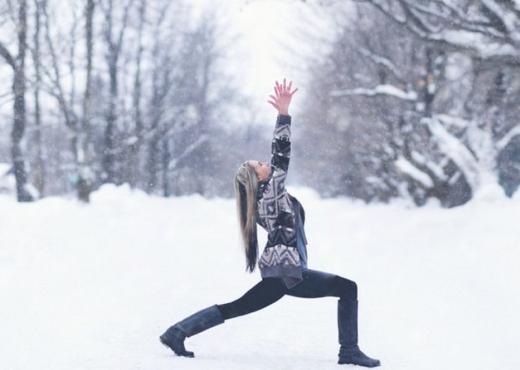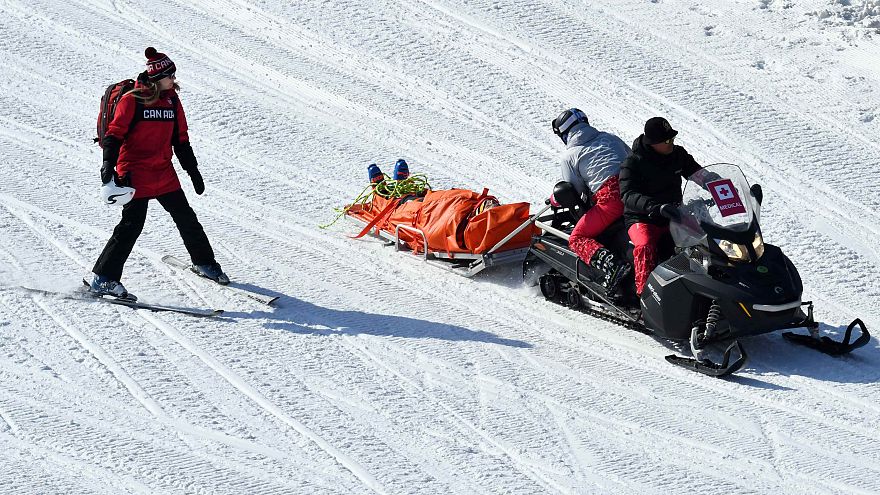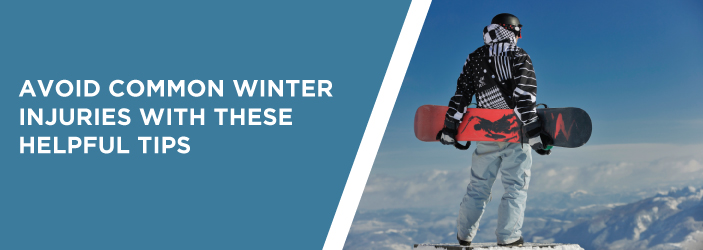Monthly Archives: February 2020
Do not refuse to do yoga in the winter!

Practicing yoga is a way for you to train both mentally and physically. And especially, yoga will be more effective when you practice in the winter.
You may think that summer is the best time to practice with all exercise, including yoga. However, studies on yoga suggest that practicing yoga in the fall and winter is more effective.
Here are the benefits that winter yoga gives you!
Helps keep warm
Starting a cold day with a few simple yoga movements like stretching or sun salute is a great way to start a healthy and warm day.
Yoga is more effective when you exercise in the winter. Not only does it help warm the body, yoga is also a way for you to improve the frequent aches and pains, especially in the elderly.

Increases resistance
Winter is also the time when bacteria and viruses cause disease. With regular yoga practice, you can help boost your immune system, help your body strengthen resistance, prevent viruses from harming your health.
Please consult the experts to get a list of the best exercises as well as the training plan!
Increased stamina
The harshness of winter sometimes makes you uncomfortable and want to escape. However, with the meditation of yoga, you will maintain a more stable mood, and thus will help you increase your stamina, whether with the cold of the weather or discomfort. that winter brings.

Improve sleep
Regular yoga practice combined with the habit of going to bed on time, not staying up too late and getting enough nutrients is a way to help you have a better sleep this winter.
And above all, as with all other forms of exercise, with yoga, when you are determined to practice, have a detailed, specific and persistent training plan with it, yoga will be a great companion both physically and mentally. So, do not ignore your practice habits anyway!
Tips to avoid fractures from winter sports

Wrists and ankles slipped due to skiing: Causes and ways to avoid them
Winter skiing season is just around the corner and injuries on the mountainside are quite common, especially fractures from winter sports. Skiing and snowboarding are a great way to go through winter, however, it is important to know the causes and precautions to minimize the risk of fractures so you can enjoy the slopes throughout winter.

Every year, children, adults and families get in the car and go to the nearest mountains. Broken wrists or ankles are common winter injuries that can quickly spoil a happy day (and the rest of the season) in the mountains. Knowing what to note and how to prevent injuries is the key to enjoying this winter sports season.
Wrists and ankles: Broken bones from winter sports
A broken wrist is a common winter sports injury. Both skiing and snowboarding need your arms to balance and fall. Beginners are more likely to maintain injuries and skiers are also more likely to maintain wrist injuries.
A major cause of broken wrists, broken bones, is slipping and falling. There are three main types of wrist fracture injuries, such as:
– Intra-articular fracture: In case of broken radius, it makes the joint last longer.
– Extra-articular fracture: A fracture that the wrist joint does not expand.
– Open fracture: The opening is when the bone breaks through the skin.
– Comminuted fracture: This type of fracture occurs when bones break in two or more places.
All types of fractures can occur during skiing and snowboarding. It is important to have all the information about these injuries so you can be wary of you and your loved ones.
However, a fracture is the only type of orthopedic injury that winter sports athletes need to be cautious to prevent. In addition to fractures and fractures, ligament tears are a persistent threat in winter sports.

Skiers and snowboarders are at high risk of previous collateral ligament injury, or ACL. This is due to rigid restrictions of ski shoes. Similar structure and design protects skiers Ankle from injury and fractures cause force to flow onto the kinetic chain and can lead to ACL injury or tears. Although ACL injuries are most common, knee injuries are generally a common risk for winter athletes, as rigid, inflexible shoes and postures often cause athletes to touch The soil is strong on the knees or it can twist the legs and knees in unnatural behavior.
Like broken bones, there are different severity of ligament injuries.
– Grade 1 ligament spine is related to related ligament stretching
– Grade 2 ligament spine (also called partial tearing) stretches and loosens the ligament involved, affecting the function and structural stability
– Grade 3 ligament sprain of degree 3 is complete tear; they make the stability and function of related joints compromised. In case of ACL tears, the knee joint will become unstable.

How to prevent broken bones from winter sports
There are some easy precautions that you and your family can take to make sure there are no winter injuries, such as:
– Comply with all safety regulations
– Make sure you are in the best physical state to participate in active sports
– Stretch or heat before you start skiing or skiing
– Wear appropriate protective gear
– Wearing the right size shoe also supports ankle
– Wear wrist protection to protect yourself in case of a fall
– Know when to stop (most injuries occur when athletes are tired and deteriorate)
– Learn appropriate techniques to fall.

